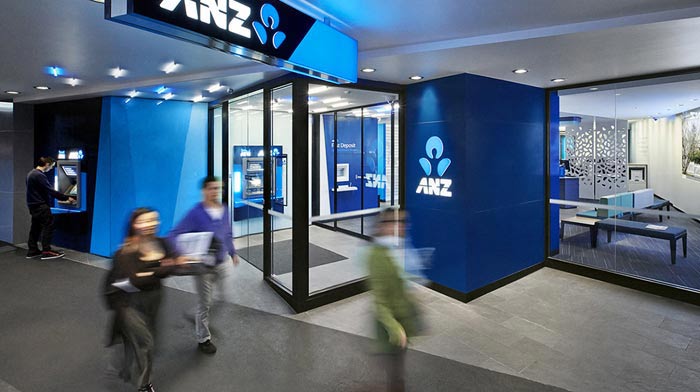Qlimate, a quantum computing net-zero initiative based in Silicon Valley dedicated to help mitigate climate change, and Fortescue Future Industries (FFI), a global leader in green energy and green industry, today announced that FFI would become a foundational member of the “Qlimate Initiative” to explore quantum computing solutions in green hydrogen.
Qlimate, backed by PsiQuantum, a company building the world’s first fault-tolerant quantum computer, has secured substantial capacity on the early machines. Qlimate has a singular focus on partnering with leaders in decarbonisation to maximise climate impact and facilitating their access to the first generation of fault-tolerant quantum computers.
FFI and Qlimate entered into a membership agreement to explore quantum solutions in the field of green hydrogen. FFI Chairman Dr Andrew Forrest AO and Jeremy O’Brien, co-founder and CEO of PsiQuantum, jointly announced the ambition at the World Economic Forum in Davos.
FFI’s membership in Qlimate is the first step towards a broader strategy to develop algorithms solving computational bottlenecks in modelling Proton Exchange Membrane (PEM) technology and pulse electrolysis – key enablers for more efficient green hydrogen production – with a view to building and scaling quantum computing-enabled green hydrogen ventures.
Dr Forrest said, “The Qlimate initiative with leading quantum computing company PsiQuantum is critical to lowering emissions through green energy production, and this partnership, through greater knowledge, will help to achieve that faster.
“PsiQuantum’s fault-tolerant quantum computer could be a leading light in technology for green hydrogen, and FFI as a first mover in green tech will help make it happen.”
Jeremy O’Brien, co-founder and CEO of PsiQuantum said, “We are delighted that FFI shares our vision and is willing to take ambitious steps towards delivering some of the most promising decarbonization tools for potentially taking years off the path to net zero – helping the world to get back onto the target 1.5°C trajectory.
“Through this joint effort, we expect to improve the efficiency of green hydrogen electrolysis and significantly decrease production costs, helping build a viable green hydrogen economy.
“Given the transformational nature of this type of computing, not pursuing it is a bet that industry can’t afford not to make.”








